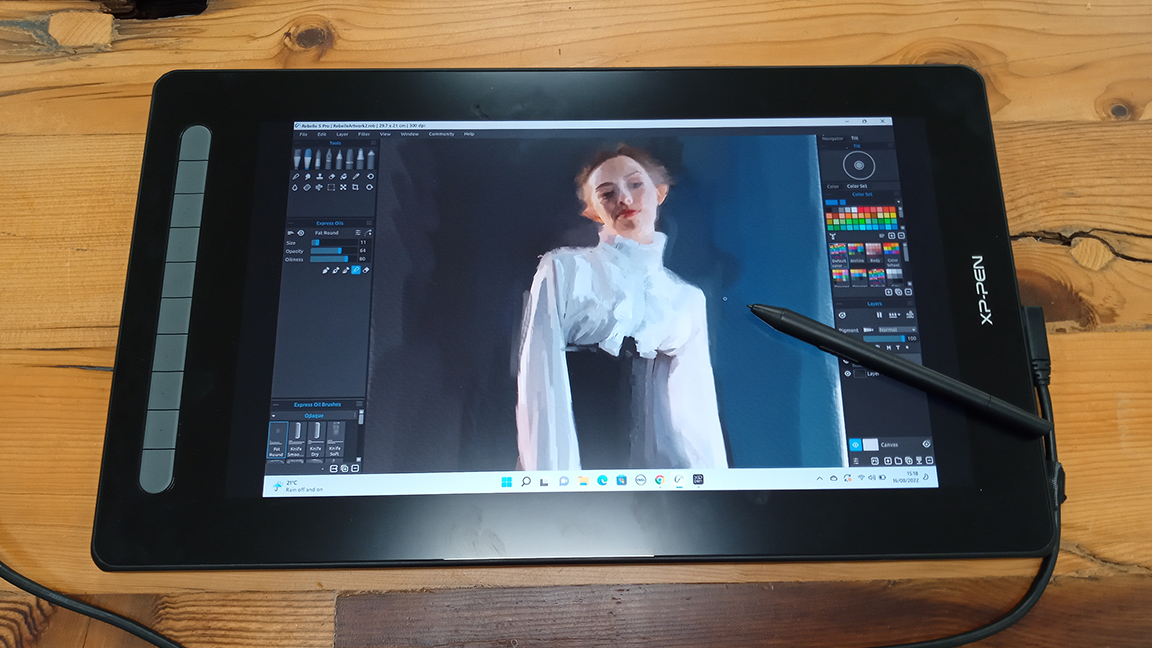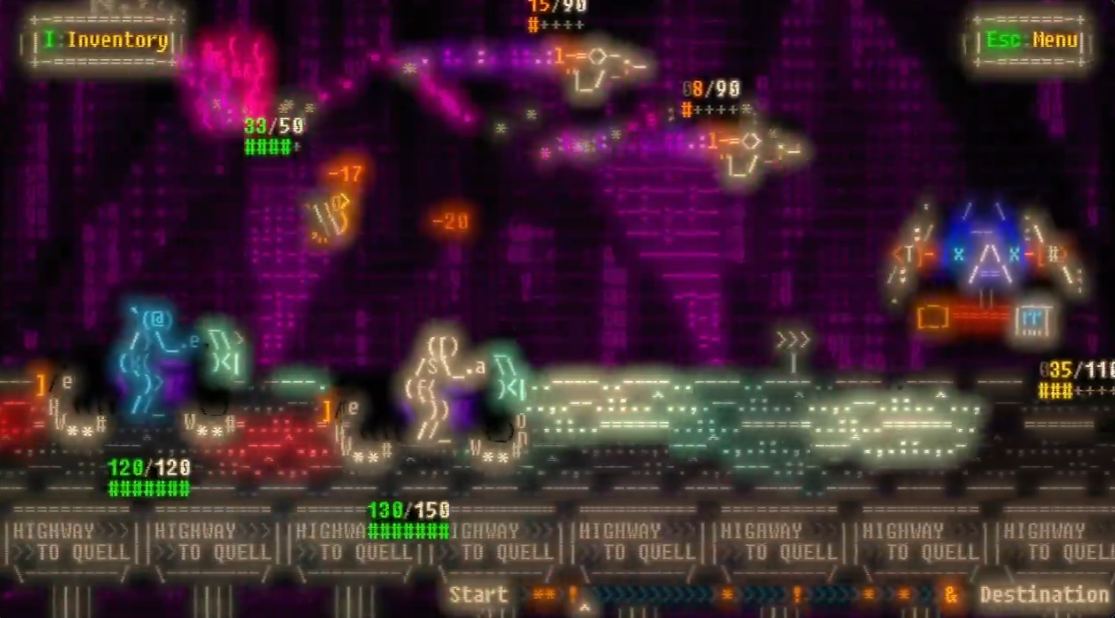Our Verdict
The XP-Pen Artist 16 (2nd gen) is the generational follow-up to last year's XP-Pen Artist 16 and features some neat new touches over that older model, including use of XP-Pen's new X3 Smart Chip tech to power its battery-free stylus, which is excellent. This 2nd-gen model also boasts support for ChromeOS and Android alongside Windows and Mac – but you'll need to buy the USB-C to USB-C cable separately, which is a pain. Overall, once up and connected, which can be erratic, the XP-Pen Artist 16 (2nd gen) is a neat and affordable pen display.
For
- Excellent stylus technology
- Vibrant, glare-free screen
- Now compatible with ChromeOS and Android
Against
- You need to buy the USB-C to USB-C cable
- Can be cumbersome to setup
Why you can trust Creative Bloq
The new XP-Pen Artist 16 (2nd gen) is an update of the brand's popular XP-Pen Artist pen display range, and aims to bring some high-end tech to everyone who's looking for a budget-friendly tablet – it's roughly $250 / £230 less than a Wacom Cintiq 16 and $20 / £56 lower than a Huion Kamvas 16.
To find out where the XP-Pen Artist 16 (2nd gen) fits into the burgeoning lineup of pen displays, take a look at our guides to the best drawing tablets and tablets with a pen. There's some crossover, and you can get an idea of where this upgrade from XP-Pen sits.
While the Artist 16 (2nd gen) comes in at a lower price than many similar pen displays, it doesn't skimp on the tech. This tablet offers up a 1920 x 1080 resolution, Full HD vibrant colour display with a smart matte finish that carries an anti-glare coating and has a wide colour gamut of 120% sRGB. It's good, and you can read more about why below.
But it also has a few niggles, most come with the setup and calibration that can feel like rolling dice to get the required results. The biggest issue is not really with what you get in the box but with what is omitted – you'll need to buy the stand and USB-C to USB-C cable for Android and ChromeOS use separately.
Yet, read on to discover why the XP-Pen Artist 16 (2nd gen) is still an excellent and affordable tablet that delivers when it's up and running. For this review I spent two months with this pen display, creating digital art in ArtRage Vitae and Rebelle 5. If you need to catch up on how we review, read our how we test guide.
XP-Pen Artist 16 (2nd gen): setup

XP-Pen boasts that the Artist 16 (2nd gen) works with Chromebooks and Android devices, which for me is appealing as I have an old Google Pixelbook that I use to doodle on and also find connecting pen displays to a phone is very handy. Sadly, I'm unable to test this here as XP-Pen's latest tablet doesn't come with a USB-C to USB-C cable, so if you are a Chromebook user you'll need to buy one.
Setting up on a PC laptop (I'm using a new Dell Inspiron) is easy enough - you plug it in, download the latest drive, calibrate and off you go. However, it can be a little trial and error, as I needed to download and reinstall the driver three times to get the Artist 16 (2nd gen) working, and then occasionally I need to re-calibrate if I close down my painting app or computer and restart.
Daily design news, reviews, how-tos and more, as picked by the editors.


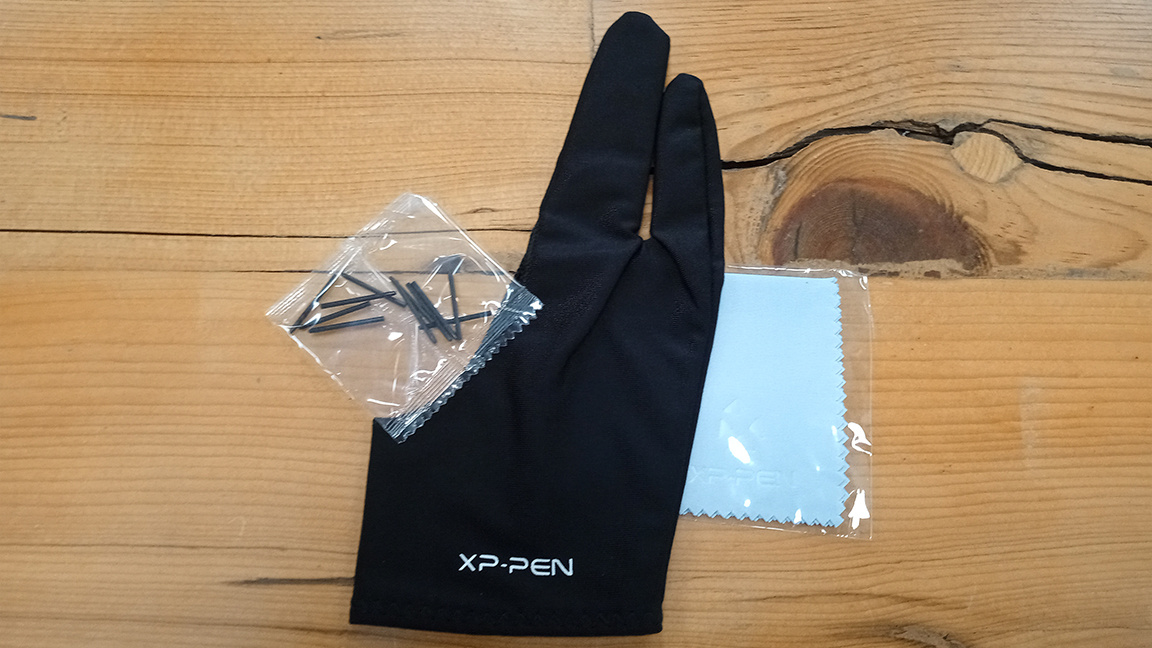
One other omission, and something we raised in our Innovator 16 review from last year, is the lack of a stand that comes with this 2nd generation update. It seems like a running theme with XP-Pen in order to keep down the initial cost. Personally, I don't mind scribbling on a flat surface and the Artist 16 (2nd gen) is light and nicely proportioned so you can use on your lap from the sofa. But, many will bemoan the lack of a stand.
What the Artist 16 (2nd gen) does come packaged with are three regional plugs for charging – it's multi-pronged cable also features a USB-A for charging via your computer – and the usual additions of a glove to keep the screen scratch free and spare nibs for the stylus.
Overall the experience is good, but for ChromeOS users in particular it could be better, particularly as there are some outstanding high-spec Chromebooks around now, and there are still some issues with a driver that can feel temperamental. It's not as bad as past XP-Pen drivers, and is a distinct step-up over previous tablets from this brand, but it's not as robust as Wacom, for example.
XP-Pen Artist 16 (2nd gen): design

Though the Artist 16 (2nd gen) is one of the cheaper pen displays on the market, you wouldn't know. The design is slender and neat, its screen fills the space from edge to edge and is fully laminated, meaning there's little glare and a paper-like touch gives the feeling of scribbling on, well… paper. Despite the price, the screen features some excellent tech – a handy 178 degree viewing angle, 220 cd/㎡ brightness for a glowing display and 94% Adobe RGB colour gamut makes the colours, for the most part, pop.
Any ports are hidden down the sides and the only raised areas are the nine narrow express keys down the left-hand side. The Artist 16 (2nd gen) can, of course, be rotated depending on your left- or right-handedness.
The model I'm reviewing is all black but XP-Pen has a series of fun colours – green, blue and pink – to choose from if you'd prefer something a little brighter. This playful feel extends to the build and weight (283g), it's just large enough to feel roomy when in use but neat enough to pack into one of the best laptop bags.
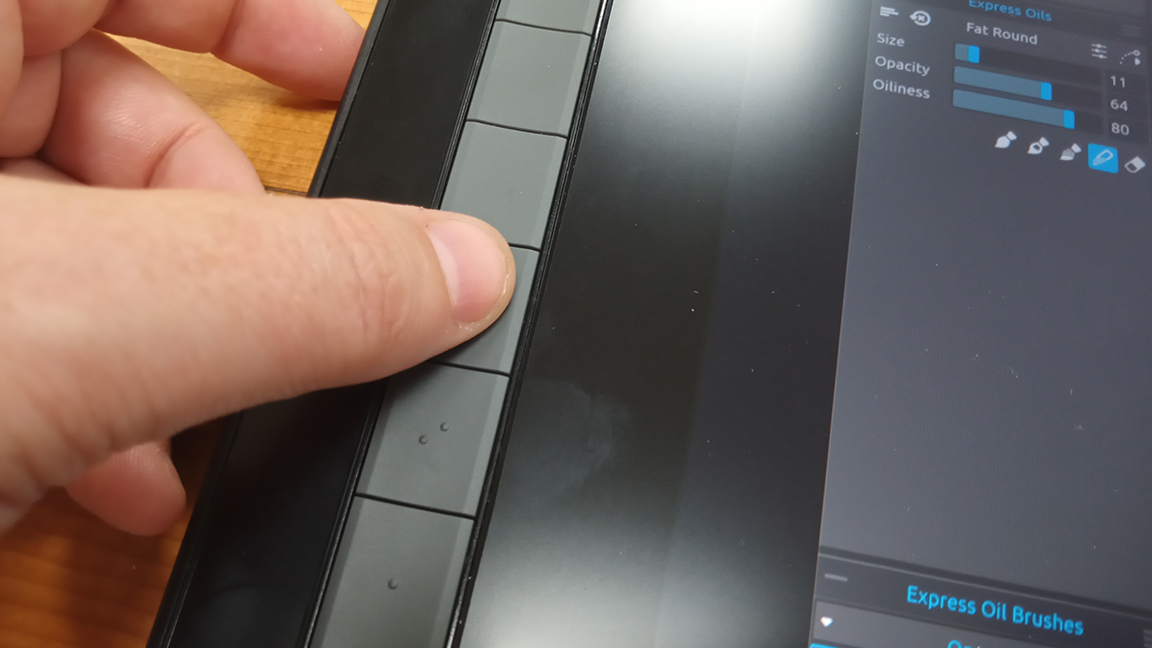

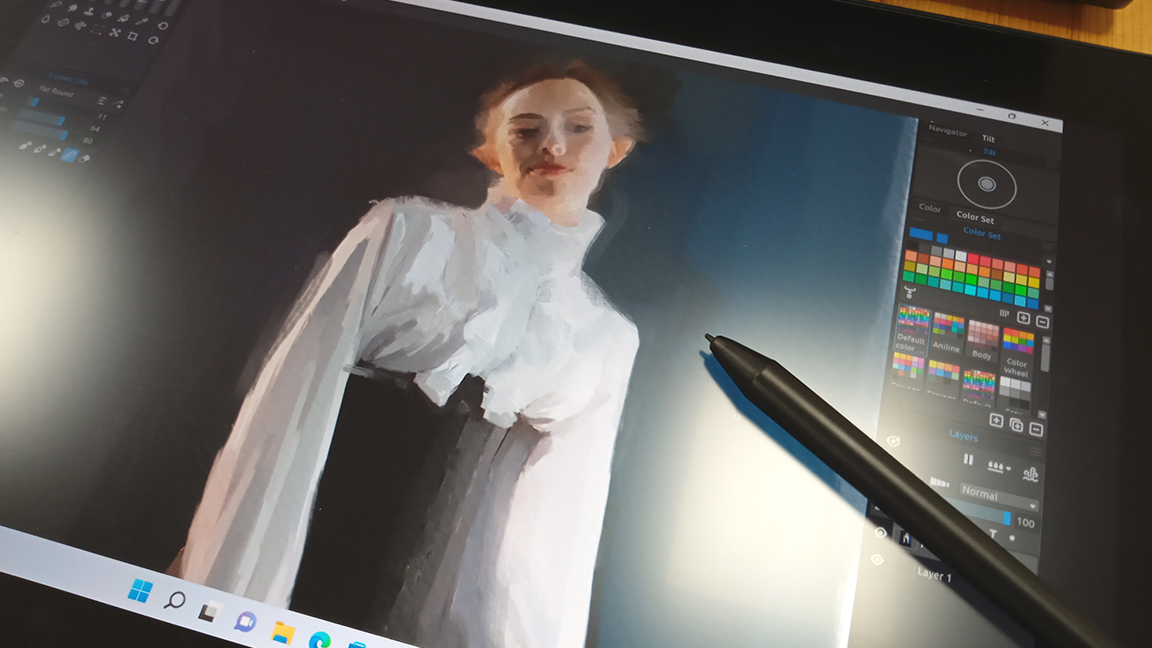
The pen – the Elite Stylus – that comes with the Artist 16 (2nd gen) features XP-Pen's latest X3 chip technology and boasts plenty of head-spinning jargon, including electromagnetic induction tech, 10mm reading height and 5080 LPI resolution. What you really need to know is this is an accurate stylus, with 8,192 levels of pressure and 60 degree tilt – it's actually one of the best I've used in a while (but still lagging behind Wacom). The X3 chip offers double the existing lifespan, too. What it still doesn't have is a dedicated eraser button or nubbin, but I'll come to that below.
XP-Pen Artist 16 (2nd gen): performance
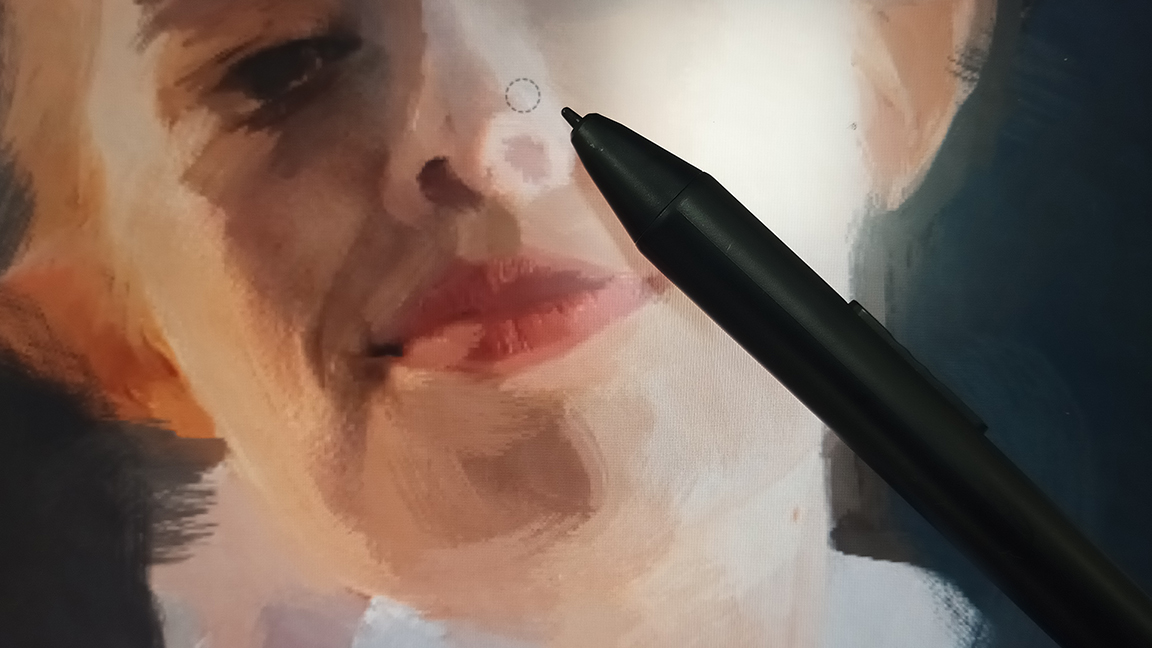
To test the Artist 16 (2nd gen) I use Rebelle 5, it's a nice digital paint simulator that has enough about it, including full RGB colour gamut, to put the screen through its paces and really judge if the colours sing.
Once I've overcome some of the setup hurdles, this is a nice and responsive pen display to use. The stylus is excellent and the driver enables me to adjust the pen pressure to my liking and save my presets; it's certainly a step above past XP-Pen setups. Though, on occasion, at rebooting the laptop the driver failed to restore my settings, which is a pain.
There are some quibbles with the Elite Stylus that need to be adjusted too, pressing the pen's button swaps between 'pen' and 'eraser' mode, which did lead to some errors as I wiped out strokes instead of painting them in. A dedicated eraser button would be welcome. It's also a nicely designed stylus, with a tapered end and slight bulging at the nib, making it easier in the hand for long sketching – and personally, I feel it's less slippery than the Apple Pencil 2.
In use I did find there was a little flicker from the screen as I glanced from the Inspiron's screen to the tablet
The Artist 16 (2nd gen) isn't a touch screen display, so this takes a little getting used to as the usual pinching to zoom is done on the side buttons. This is easy to get used to and not uncommon for pen displays. The location and default settings of the express keys is, actually, excellent. Some tablets come with a clean slate for you to set up but XP-Pen has read my mind and added the basics to its side-bar of keys – zoom in/out, Alt, etc are all here out of the box.
In use I did find there was a little flicker from the screen as I glanced from the Inspiron's screen to the tablet, and the colour range was a little less vibrant to the eye. Overall, however, using the Artist 16 (2nd gen) is a solid experience and it's hard not to love a 16-inch pen display that's this responsive at this price range, which moves us on to… the price.
XP-Pen Artist 16 (2nd gen): price
The Artist 16 (2nd gen) is priced at $399.99 / £299.99, which makes it roughly $20 / £56 less than the equivalent from Huion – the excellent Kamvas 16 is $419 / £356, for example.
You need to keep in mind the Artist 16 (2nd gen) doesn't come with a stand (neither does the Huion) so you'll need to spend an extra $49.99 / £33.99 on the appropriate ACS05 Portable Stand, which adds to the cost.
You can get a pen display for less, but you'll need to drop down in screen size. Personally, a 16-inch tablet is an ideal size and any smaller can feel confined. For example you could opt for a Wacom One, but this is a 13.2-inch screen for $399.95 / £359.99. Wacom's 16-inch equivalent is the Cintiq 16, which will set you back $650 / £529.99. Within this context, the Artist 16 (2nd gen) is excellent value for money.
What you do also get with an XP-Pen pen display is a choice of free software, which includes Toon Boom, Zoner Photo Studio X, ArtRage 6 and Cartoon Animator 4. So if you're new to digital art, or just fancy trying a new app, this is encouraging.
XP-Pen Artist 16 (2nd gen): should I buy one?
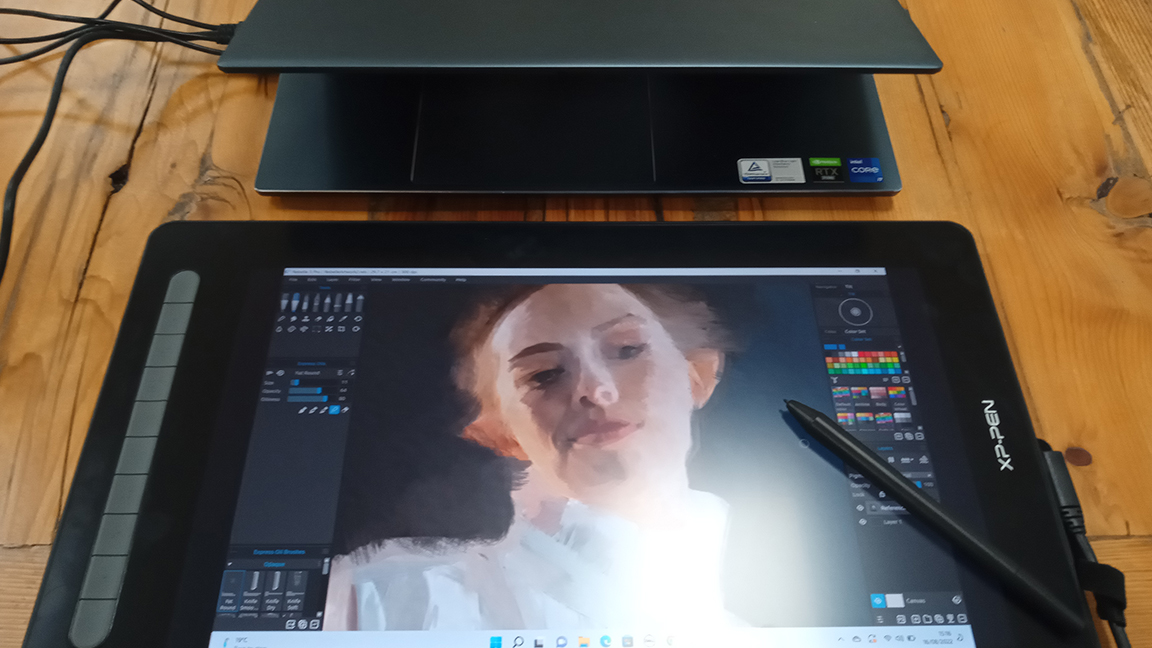
At its heart the XP-Pen Artist 16 (2nd gen) pen display is a good product that will, in use, impress. The stylus is excellent and the screen display is good quality. It's nicely designed and fits into a standard (large) backpack.
However, there are clearly some areas where XP-Pen stumbles, such as with its drivers and setup, and particularly the lack of a USB-C to USB-C cable as standard. If you're a ChromeOS or Android user looking to buy one, keep in mind you'll need to source an extra cable.
The lack of a stand is irritating, though not uncommon in this price range. Overall, if you're after a good quality, well-made and responsive pen display at a useful size, then I'd say the Artist 16 (2nd gen) just pips the Huion Kamvas 16. Both have some niggles, and overall the Wacom Cintiq 16 is ideal, but for value for money XP-Pen delivers.
Read more:
out of 10
The XP-Pen Artist 16 (2nd gen) is the generational follow-up to last year's XP-Pen Artist 16 and features some neat new touches over that older model, including use of XP-Pen's new X3 Smart Chip tech to power its battery-free stylus, which is excellent. This 2nd-gen model also boasts support for ChromeOS and Android alongside Windows and Mac – but you'll need to buy the USB-C to USB-C cable separately, which is a pain. Overall, once up and connected, which can be erratic, the XP-Pen Artist 16 (2nd gen) is a neat and affordable pen display.

Ian Dean is Editor, Digital Arts & 3D at Creative Bloq, and the former editor of many leading magazines. These titles included ImagineFX, 3D World and video game titles Play and Official PlayStation Magazine. Ian launched Xbox magazine X360 and edited PlayStation World. For Creative Bloq, Ian combines his experiences to bring the latest news on digital art, VFX and video games and tech, and in his spare time he doodles in Procreate, ArtRage, and Rebelle while finding time to play Xbox and PS5.
